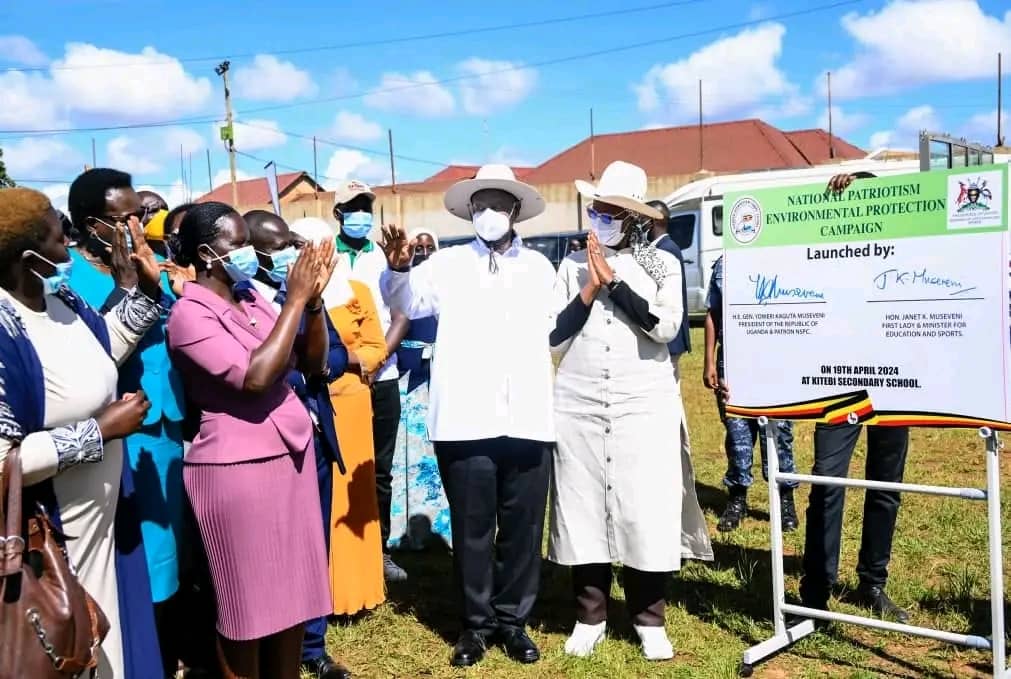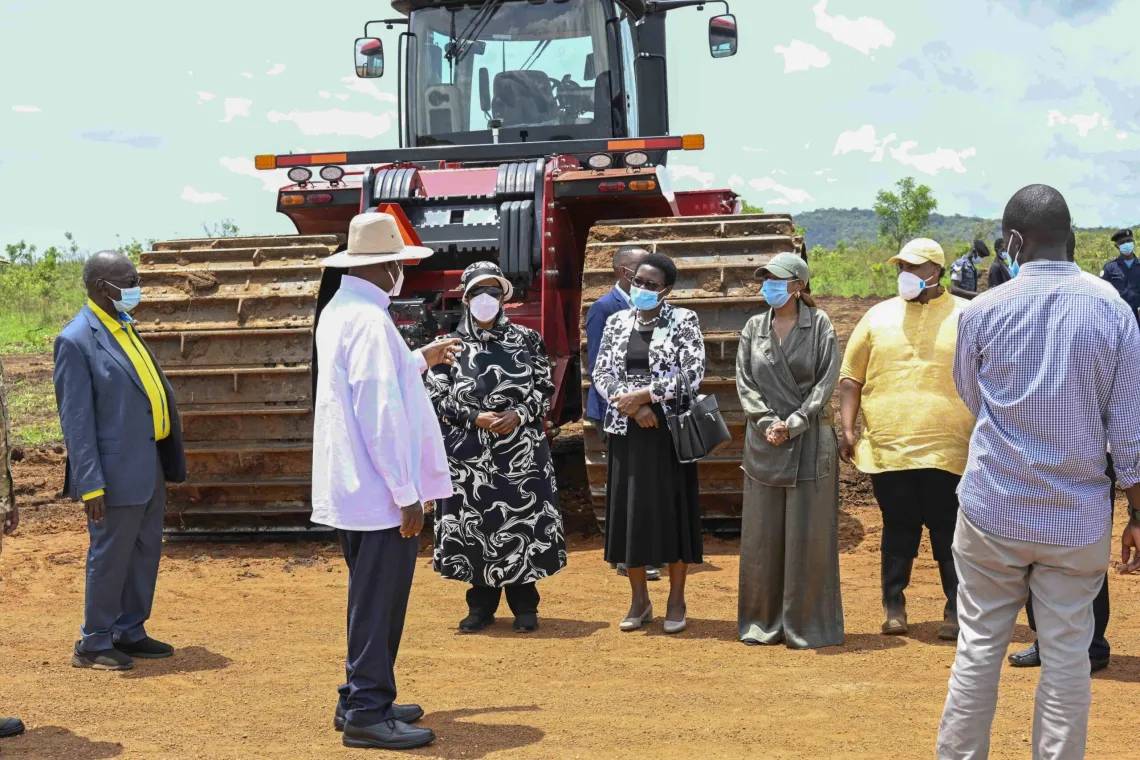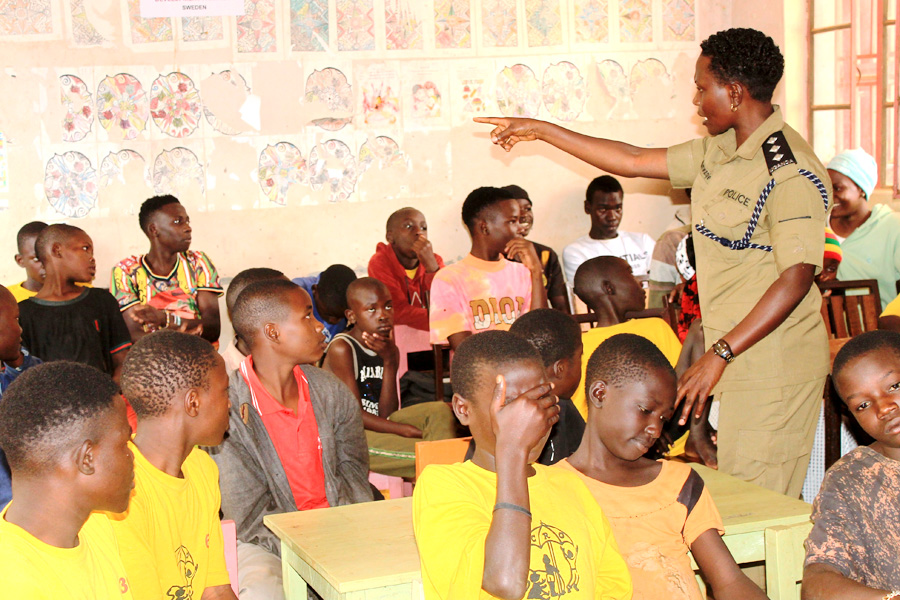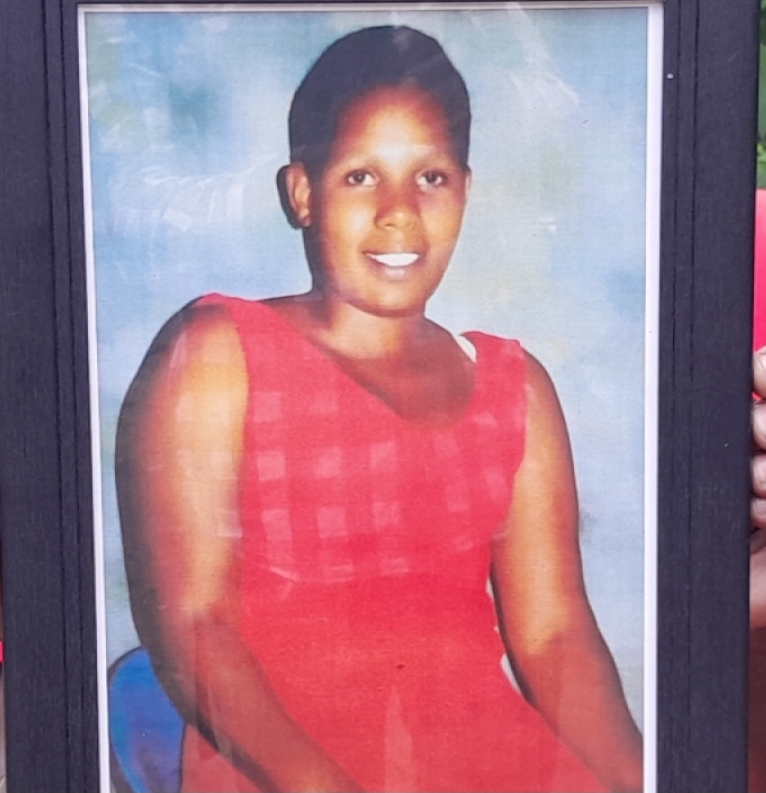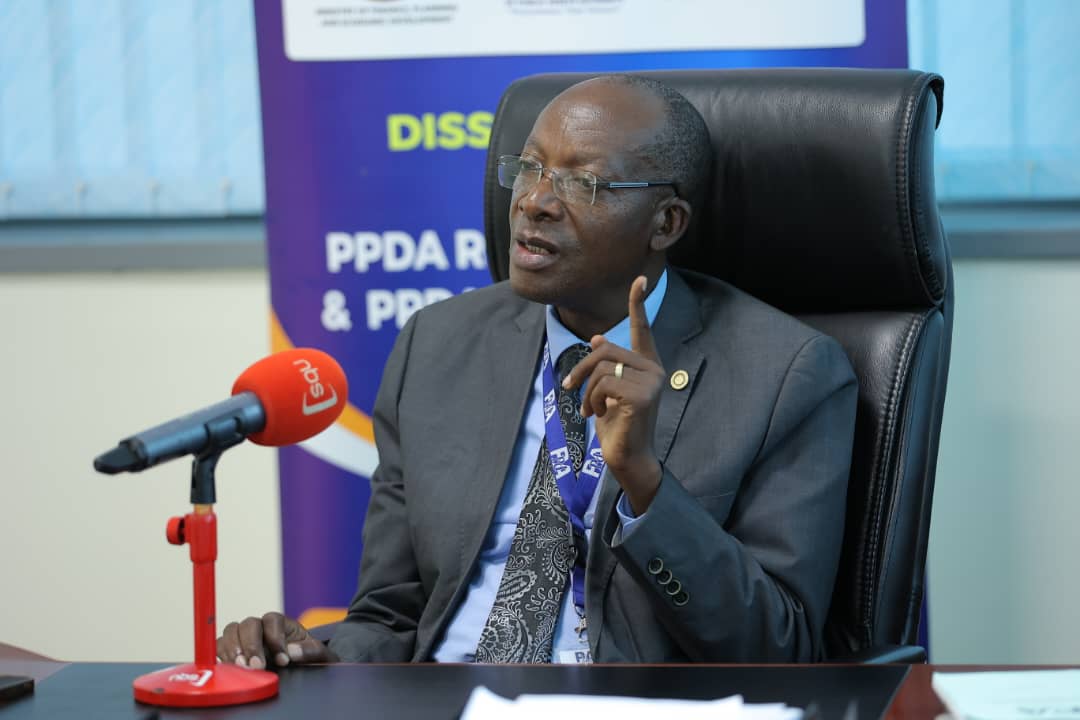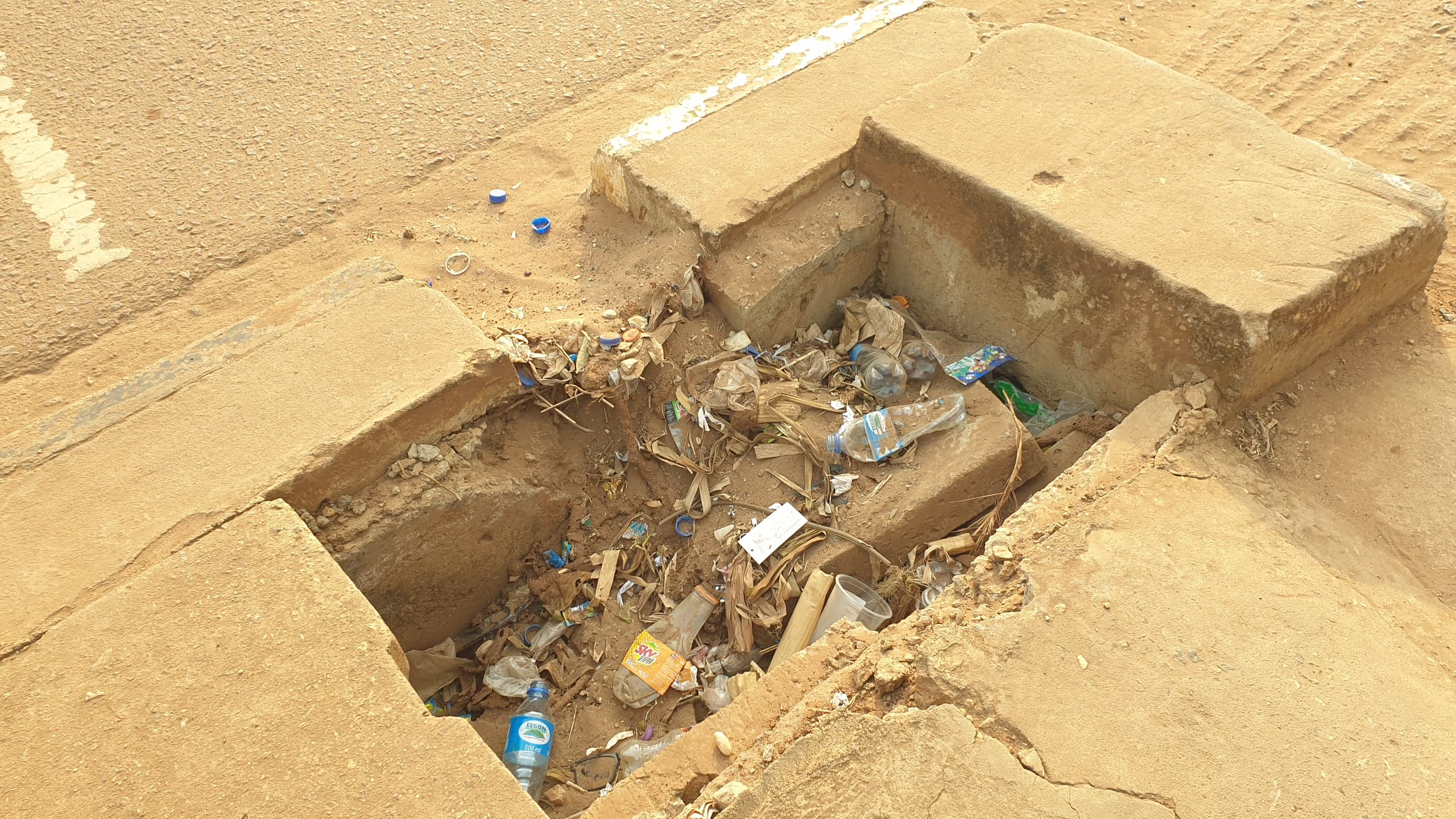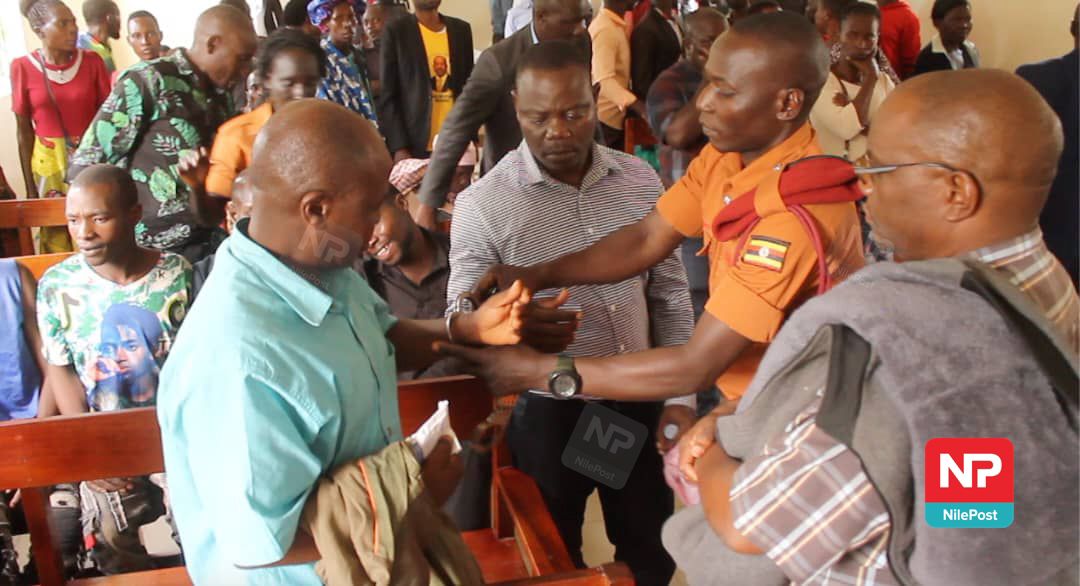Lancet Kenya investigates discordant Covid-19 results as Uganda suffers similar fate
Lancet Kenya has spoken out on circumstances under which some Coronavirus cases that had earlier tested positive at their laboratories turned up negative when repeat testing was done at other laboratories.
In a statement Lancet Kenya said whereas investigations into this state of affairs are ongoing, it does not necessarily cast doubt on the quality of results from any laboratories.
Keep Reading
“We wish to assure all concerned that we are fully committed to discovering, understanding and disclosing the reasons for the discordance reported for these respective results as we work with the national public health authorities under the Ministry of Health and other stakeholders in a transparent and collaborative efforts,” Lancet says in its statement.
The laboratory company however says that their initial investigations have not found any “specific” evidence that would indicate any errors leading to false positive results from the cases whose results were issued from their laboratories.
“It is important to bear in mind that discordance in results between different labs and different assays don’t in any way cast aspersions on the quality and veracity of the respective labs or assays because such discordances are well recognized within the scientific community with well-established scientific reasons to explain the differences in result.”
Lancet Kenya however says they are looking at a number of possible reasons for the discordance.
“We are looking at difference in sensitivity between FDA-approved seegene assay used in our laboratory and assays by different manufacturers used in other labs due to many technical reasons inherent to these assays,” Lancet says.
The lab company also says they are looking at levels of RNA witnessed in the samples tested due to variations in sample collection techniques, conditions of the sample material collected and handling including how the samples are processed and extraction of RNA from the samples.
Uganda
Uganda suffered a similar fate recently when negative results wrongly tested positive.
A few weeks ago, President Yoweri Museveni and the Minister for Health, Dr. Jane Ruth Aceng said nine negative cases had erroneously been recorded as positive and were later discounted from the national tally.
Dr Aceng, said between June 3 and 4, a batch of 50 samples from within Kampala were analysed in Makerere laboratory and showed positive results and on testing again at the Uganda Virus Research Institute, nine of the previously positive cases tested negative.
"The results were communicated to the respective individuals as part of the infection prevention and control and the necessary measures undertaken. However, as part of routine quality assurance procedures, some samples were sent to Uganda Virus Research Institute for re-testing. There was discordance in some of the samples in this batch. This then required the entire batch to be retested," she said.
She however defended the same saying it is not uncommon in laboratory management, emphasizing that it is the reason multiple tests are done.
"Errors leading to false results can be classified into; errors before analysis, which may arise during sample collection, packaging, shipping, opening, etc; errors during sample analysis, processing, or sample analysis and errors after analysis during reading results, analysing results, interpretation, decoding, or making the right inference/ conclusions or the results," Aceng said.
What are the odds of a false negative?
According to the research that was published in the Annals of Internal Medicine, an academic medical journal published by the American College of Physicians, the odds of a false negative through RT-PCR is one in five, and sometimes, even higher.
In the report ,they found that the probability of a false negative decreases from 100% on day one of being infected to 67% on day four. The false negative rate further decreases to 20% on day eight.
On the day patients actually started to experience symptoms, the average false negative was 38%.
The researchers analysed seven previously published studies on RT-PCR to interpret their current research.


